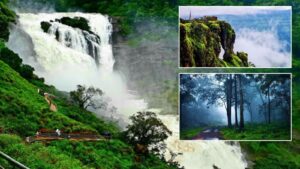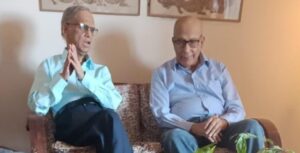
Dragon Palace Temple: A Tranquil Japanese-Style Spiritual Haven Near Nagpur Draws Global Attention
Kamptee, Maharashtra — Tucked away in the quiet township of Kamptee, just 15 kilometers from Nagpur, stands one of Maharashtra’s most unique spiritual landmarks—the Dragon Palace Temple. With its distinctive Japanese architecture and peaceful atmosphere, the temple has become a magnet for both spiritual seekers and cultural enthusiasts from around the world.
Established on November 23, 1999, the Dragon Palace Temple was built with the financial support of the Ogawa Society from Japan and spearheaded by Japanese philanthropist Noriko Ogawa. It was envisioned as a gift of peace and a symbol of Indo-Japanese friendship, and today remains the only religious site in Maharashtra constructed in traditional Japanese architectural style. Often referred to as the “Lotus Temple of Nagpur,” the structure stands as a testament to cross-cultural unity.
The temple spans more than 10 acres and features pristine white walls, a symmetrical layout, and design elements that reflect Japanese principles of harmony and balance. At the heart of the temple is a six-foot-tall statue of Lord Buddha, carved entirely from sandalwood and weighing 864 kilograms. This statue is housed in a grand prayer hall on the first floor, where visitors gather to meditate and experience the calm surroundings.
The complex also includes an air-conditioned auditorium, a library filled with Buddhist literature, and a photo gallery showcasing the temple’s history and teachings. The thoughtful integration of aesthetic beauty and functionality makes the site a unique spiritual retreat.
Open daily from 8:00 AM to 5:00 PM, the temple welcomes all visitors without any entry fee. Over the years, it has grown into a popular destination not only for Buddhist devotees but also for tourists interested in architecture and cultural heritage.
With its serene ambiance and architectural grace, the Dragon Palace Temple continues to offer a peaceful escape from the chaos of everyday life—where silence speaks louder than words, and peace is not just a concept, but a lived experience.







